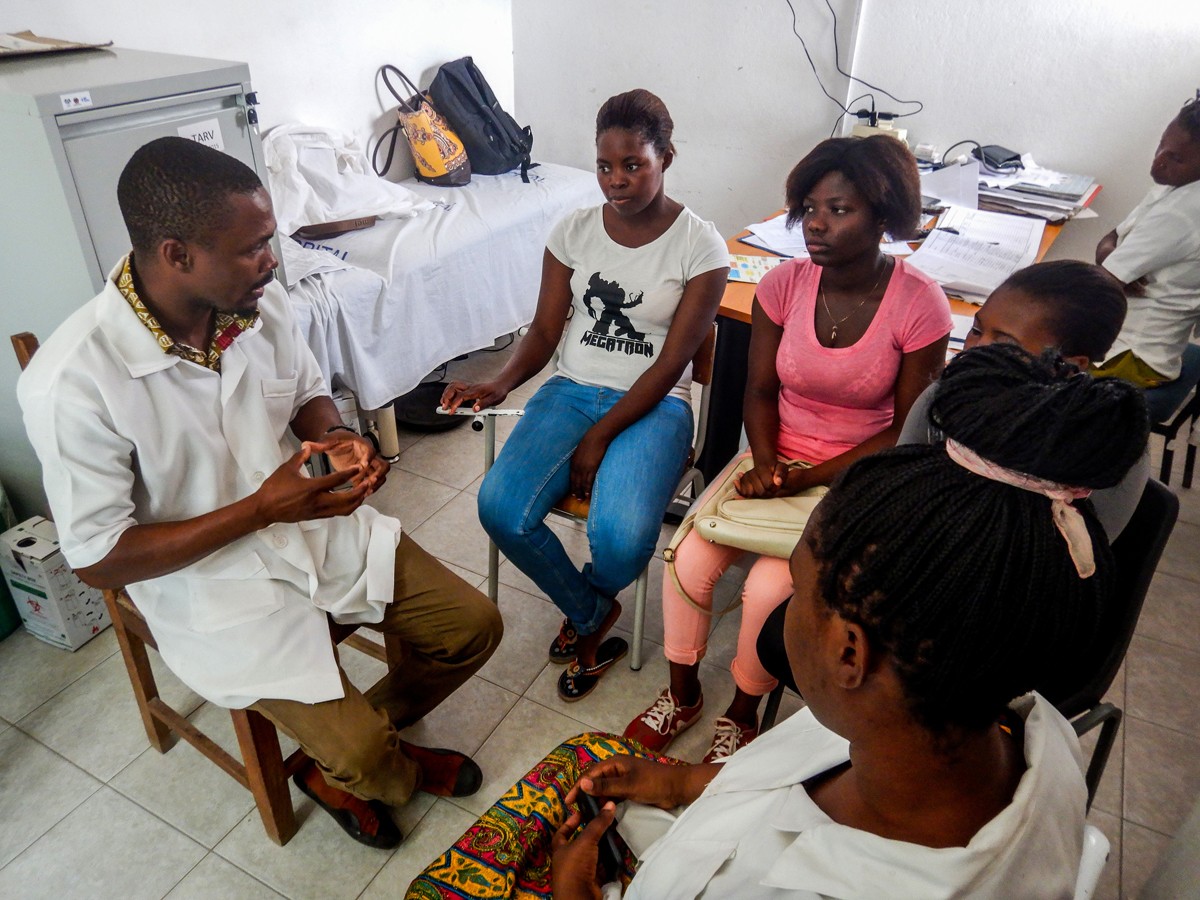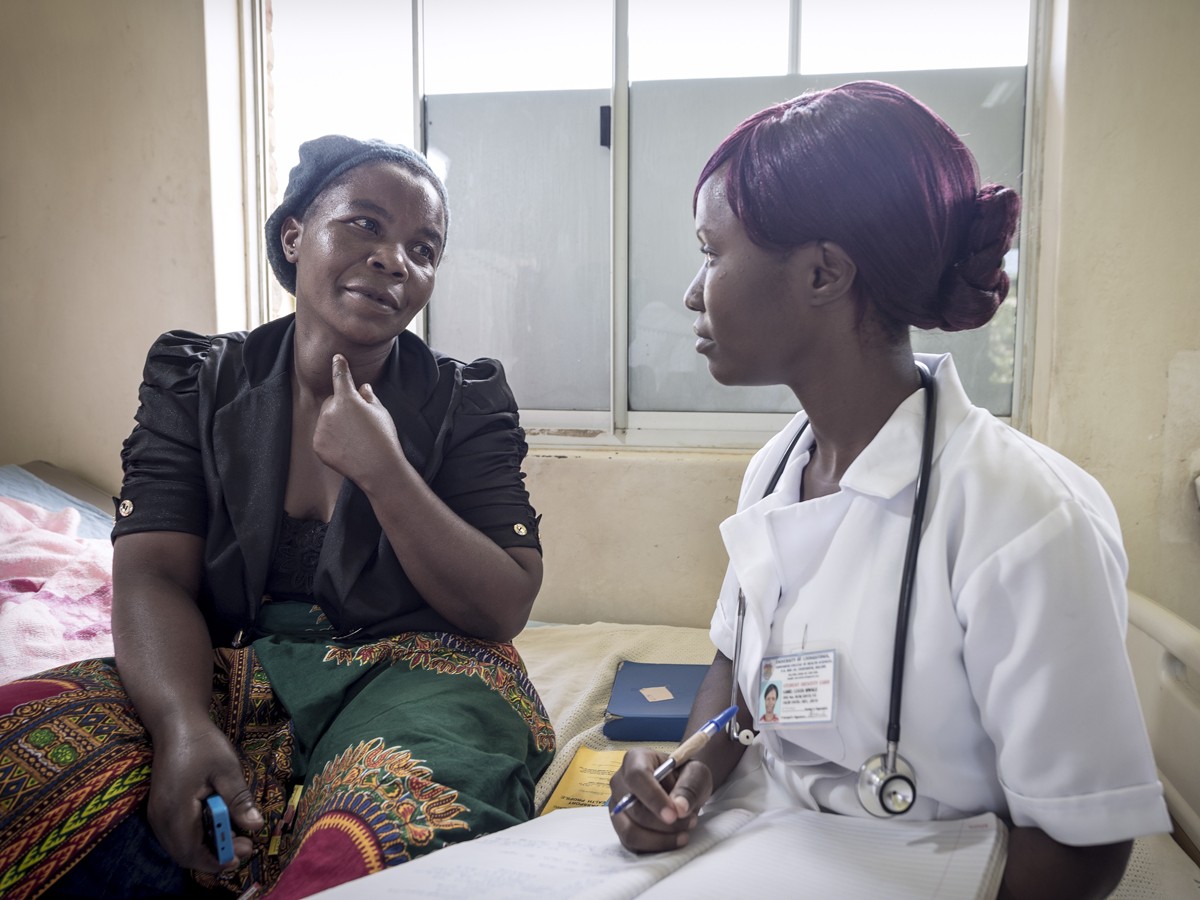Authors:
Brenda Gati Mirembe, Deborah Donnell, Meighan Krows, Zinhle Zwane, Elizabeth Bukusi, Ravindre Panchia, Cheryl Louw, Noluthando Mwelase, Pearl Selepe, Melissa Senne, Logashvari Naidoo, Rachel Chihana, Margaret Kasaro, Harriet Nuwagaba-Biribonwoha, Philip Kotze, Katherine Gill, Pippa MacDonald, Alastair vanHeerden, Shannon Bosman, Manjeetha Jaggernath, Phillip du Preez, Amy Ward, Remco P. H. Peters, Sinead Delany-Moretlwe, Sue Peacock, Rachel Johnson, Jason Caucutt, Susan Morrison, Guohong Wang, Monica Gandhi, Jennifer Velloza, Renee Heffron, Connie Celum, the INSIGHT Study Team
Abstract:
Introduction
Adolescent girls and young women (AGYW) account for two-thirds of new HIV infections in Africa. African AGYW have had high uptake of oral HIV pre-exposure prophylaxis (PrEP) but low adherence, which might be improved by point-of-care adherence monitoring with tailored counselling.
Methods
From August 2022 to July 2023, we conducted a PrEP demonstration project with sexually active AGYW ages 16−30 years from 20 sites in South Africa, Eswatini, Kenya, Malawi, Uganda and Zambia. Participants were offered oral tenofovir-based PrEP at enrolment and followed up at 1, 3 and 6 months. PrEP adherence was assessed by a point-of-care qualitative lateral flow urine tenofovir (TFV) assay indicating PrEP use in the prior 4 days, which accompanied real-time adherence counselling that incorporated urine TFV results when testing was available (70.8% of month 1, 35.3% of month 3 and 83.9% of month 6 visits). We estimated overall adherence, correcting for missing test results, and analysed the association of having received urine TFV results at month 1 or 3 with subsequent urine TFV test positivity, using modified Poisson regression.
Results
Of the 3087 AGYW enrolled, the median age was 24 years (interquartile range 21−27), 75.7% were from South Africa, 2878 (93.2%) initiated PrEP at enrolment and 107 (3.5%) after enrolment. Visit retention was 92.0−96.2% for months 1, 3 and 6, and 2518 (90.1%) exited the study with a PrEP refill. Adherence, based on the point-of-care urine tenofovir test positivity rate, was estimated as 72%, 71% and 65% at months 1, 3 and 6, respectively. Women who received one prior urine TFV test had a 42% higher likelihood of a subsequent positive urine TFV test (adjusted odds ratio, OR = 1.42, 95% confidence interval, CI 1.27−1.60), and those having received two prior tests had a 67% higher likelihood (adjusted OR = 1.67; 95% CI 1.41−1.98). Observed HIV incidence was 1.38/100 person-years (95% CI 0.97−2.08).
Conclusions
Oral PrEP uptake, recent adherence and persistence were high in a multisite cohort of young African women over 6 months of follow-up. The use of a novel point-of-care tenofovir assay with tailored real-time adherence counselling was associated with increased adherence to PrEP at subsequent visits, warranting further study.







